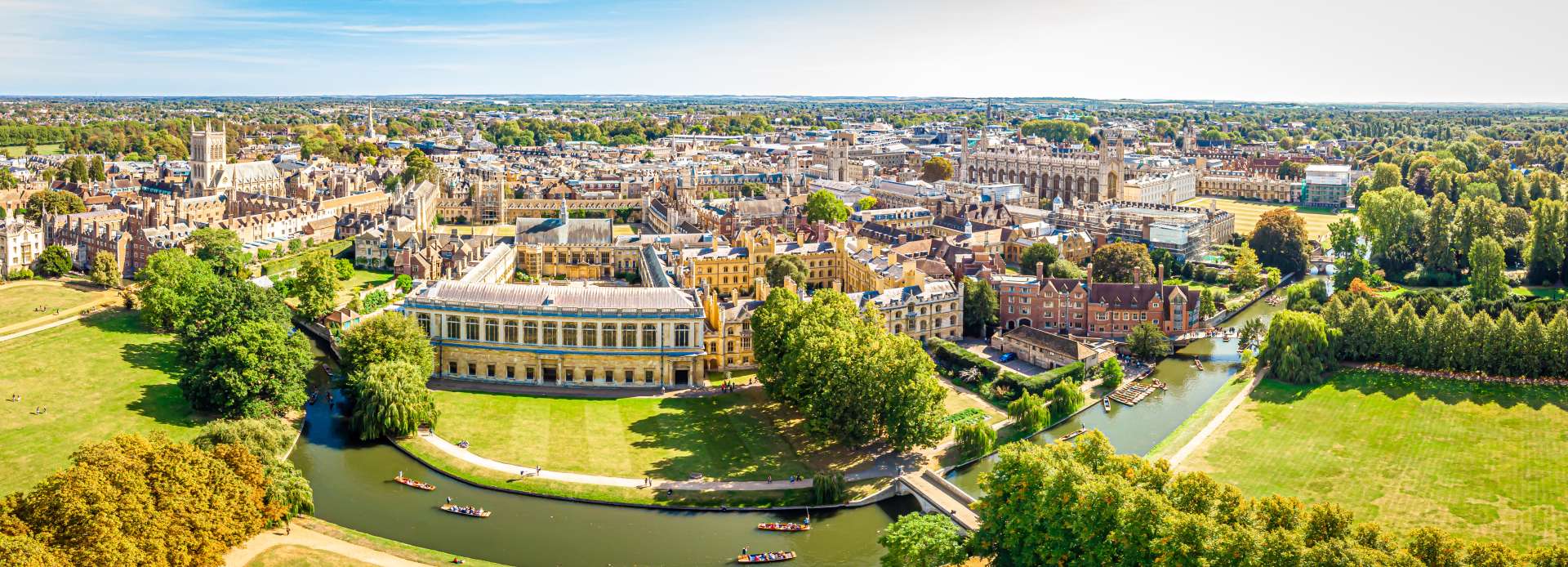
Bolsover Cundy House: A Hidden Stuart-Era Landmark
Bolsover Cundy House: A Tudor Water Supply in Derbyshire Houfton Road, Bolsover, Chesterfield, Derbyshire, S44 6NP
Specification
A Hidden Tudor Utility
Bolsover Cundy House, located just outside the walls of Bolsover Castle, is a small but fascinating survival from the 16th century. Built around 1600, this stone conduit house was designed to protect and filter the castle’s water supply. While modest in size, it offers a rare glimpse into the practical side of life at one of England’s most romantic castles.
Supplying the Castle
Cundy House was constructed to collect and protect spring water flowing from nearby hills. Its thick stone walls and vaulted roof ensured the water remained clean and secure before being piped to Bolsover Castle, which required a reliable supply for its kitchens, stables, and residents.
The word “cundy” comes from the French conduit, meaning channel or pipe. Structures like this were once common but have rarely survived, making Bolsover Cundy House a valuable piece of Tudor engineering.
Learn more about conduit houses at Historic England
Exploring Cundy House
Although simple in design, the building is remarkably atmospheric. Visitors can see:
The vaulted stone roof – Built to protect the water source.
The arched doorway – Giving access to the inner chamber.
Peaceful setting – On a grassy hillside near Bolsover Castle.
The house is free to visit and is often combined with a trip to the castle.
Things to Do Nearby
Cundy House sits in the heart of Derbyshire, close to other attractions:
Bolsover Castle – A 17th-century “pleasure palace” with lavish interiors.
Hardwick Hall – An Elizabethan mansion built by Bess of Hardwick.
Creswell Crags – A prehistoric gorge with Ice Age cave art.
Why Visit Bolsover Cundy House?
Bolsover Cundy House may be small, but it reveals the ingenuity behind Tudor life. As part of the castle’s water system, it played a vital role in sustaining one of Derbyshire’s most remarkable estates. For those exploring Bolsover Castle, this hidden gem makes a fascinating companion site.


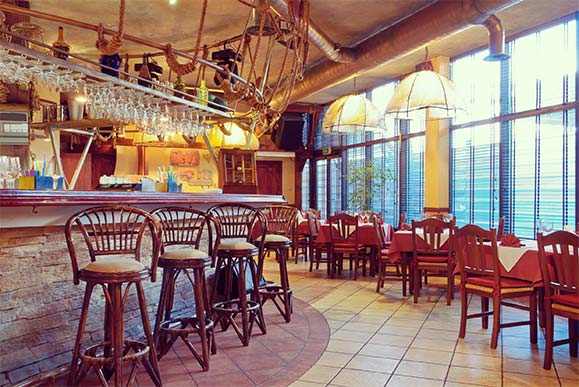
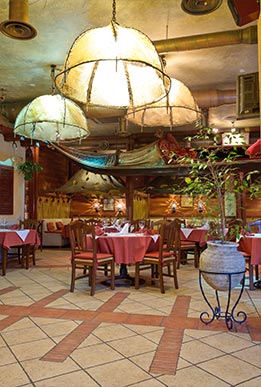
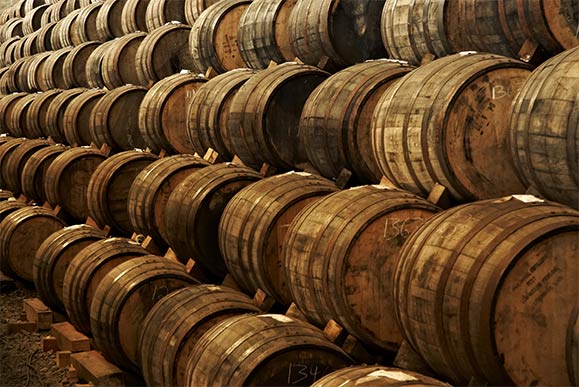
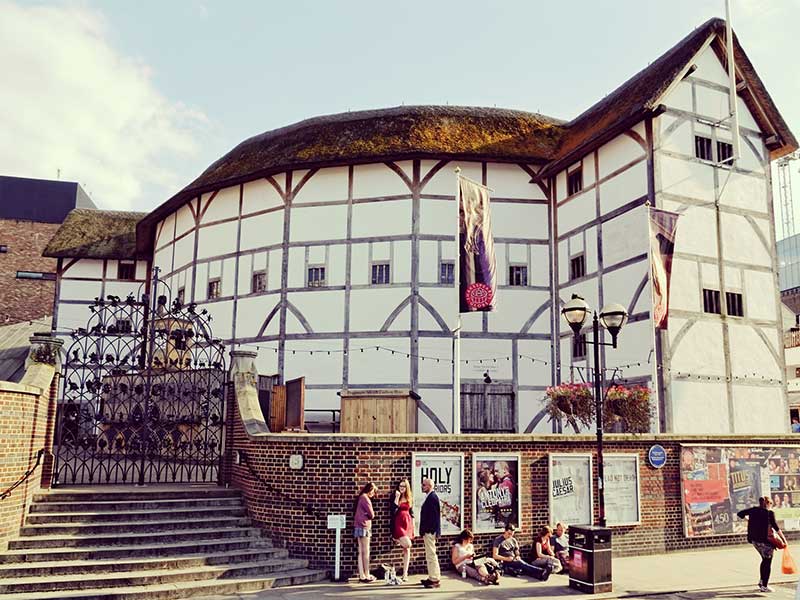
No Reviews